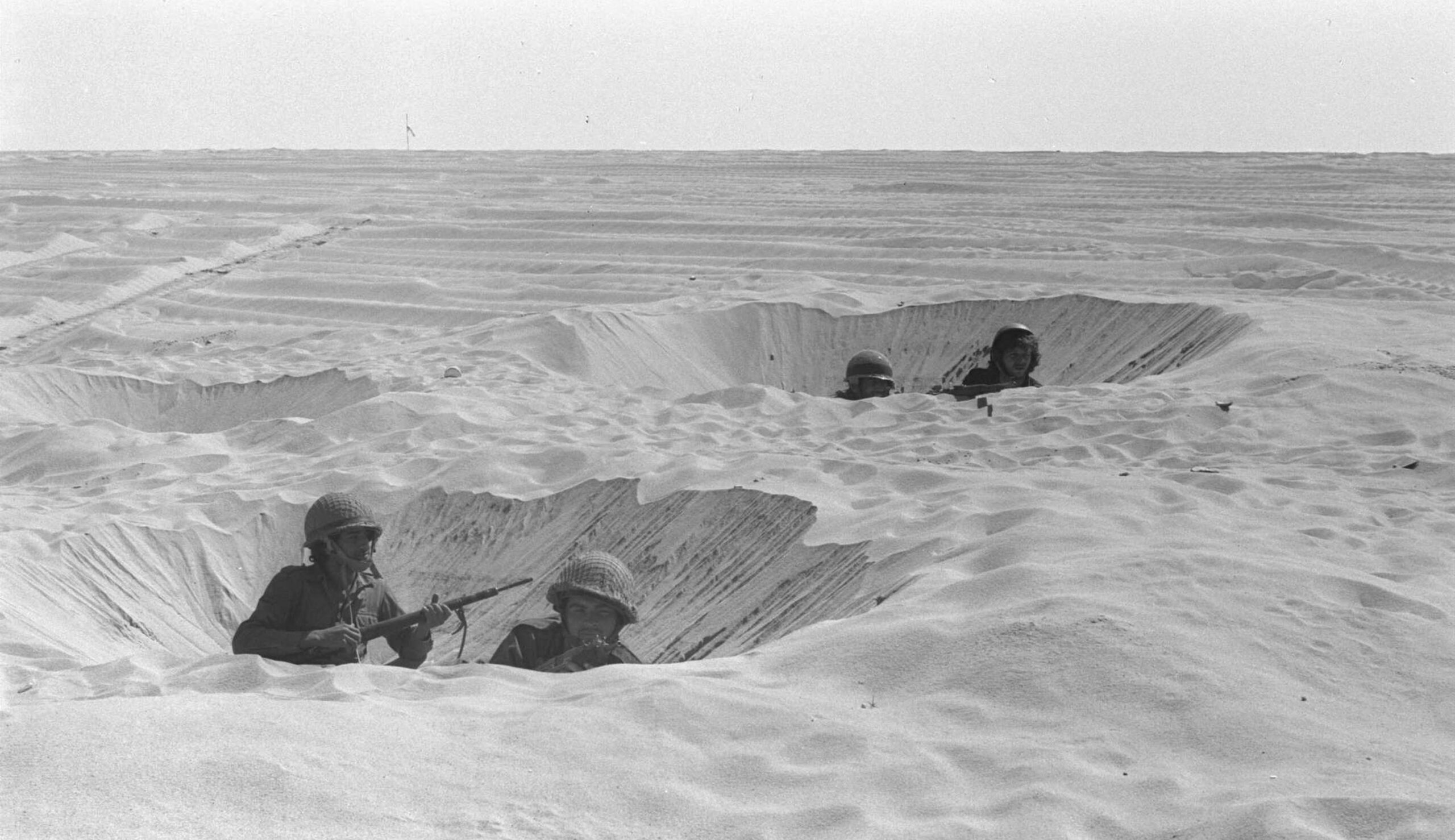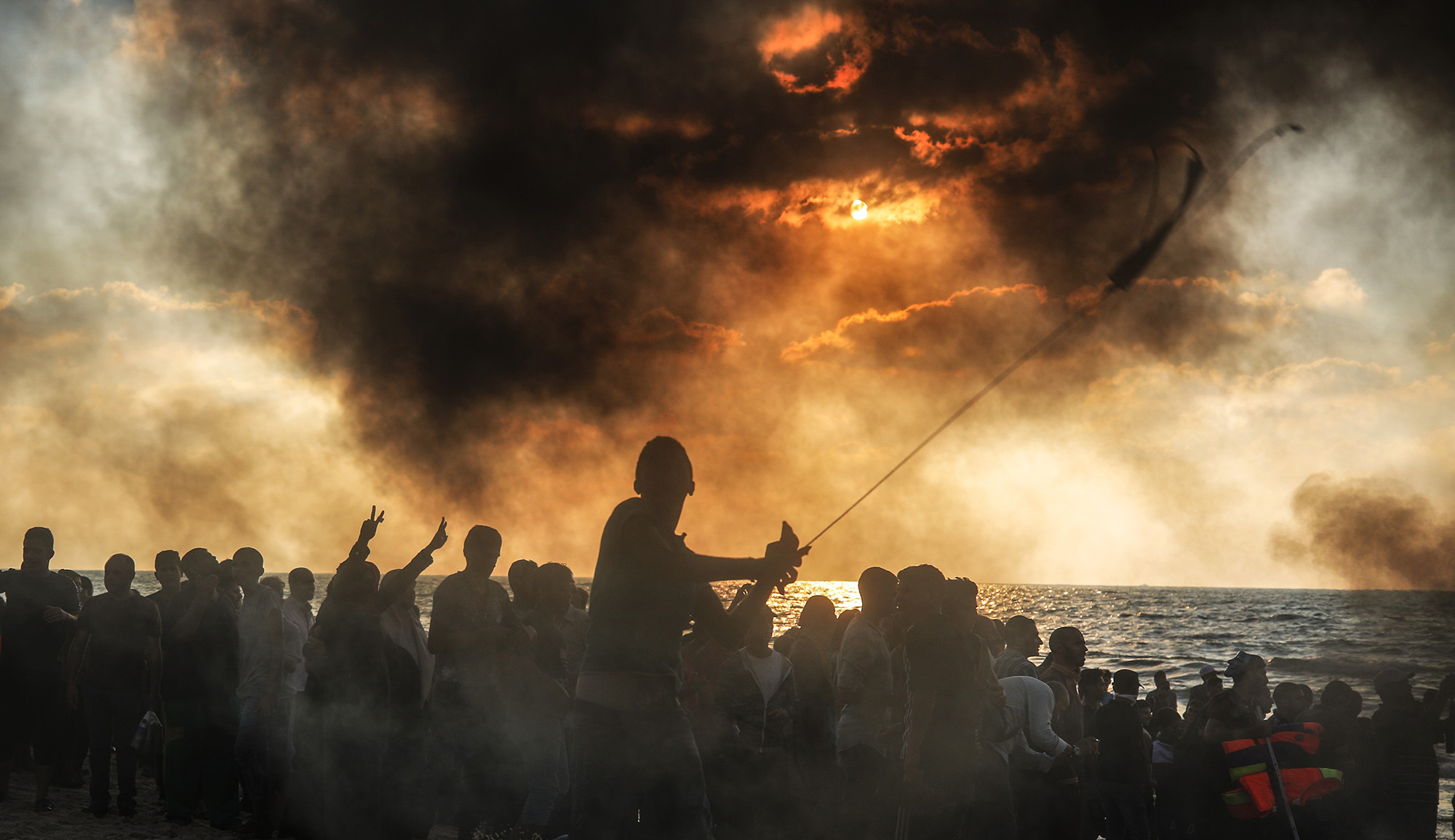During Israel’s war with Hamas in 2014, the IDF was widely accused—including by the U.S. State Department—of showing flagrant disregard for civilian casualties. Evelyn Gordon refutes this libel by a comparison with the recent U.S.-led battle to evict Islamic State (IS) from Raqqa:
[The estimated] 3,000 casualties in Raqqa represented 1 percent of the city’s pre-IS population and a whopping 12 percent of its population as of early September. The casualties in Gaza, by contrast, represented about 0.12 percent of that territory’s population. Thus, as a proportion of the population, casualties in Raqqa were somewhere between ten and 100 times higher than those in Gaza, and almost certainly much closer to the higher figure. That is an astronomical difference.
Moreover, the real difference is probably even greater, due to the second critical factor: the effect of Raqqa’s more extensive property damage. . . . [O]n top of the 3,000 people known to have been killed in Raqqa, “many others are missing.” And many of the missing probably died and were buried under the rubble. . . .
In Gaza, . . . because the property damage was much less extensive, all the dead were located quickly and a total could be announced almost immediately. Final casualty totals in Gaza are being compared with very partial and preliminary counts in places like Raqqa and Mosul, making the Gaza conflict look bloodier by comparison than it really was.
IS and Hamas employ virtually identical tactics, which is why comparing Gaza with Raqqa . . . makes sense. Both dig extensive tunnel networks under civilian buildings, wire civilian buildings with explosives, stockpile arms in civilian buildings, and fight from the midst of a civilian population. These tactics greatly increase both property damage and civilian casualties, whether in Gaza, Syria, or Iraq.
Yet despite the enemy’s similar tactics, Israel produced vastly lower casualties as a proportion of Gaza’s population and much less property damage as a proportion of Gaza’s property than the Western coalition against IS did in Syria and Iraq. In other words, the very Western countries that accused Israel of “disproportionate” and “excessive” harm in Gaza were guilty of far greater harm in Syria and Iraq.
More about: Hamas, ISIS, Israel & Zionism, Military ethics, Protective Edge


